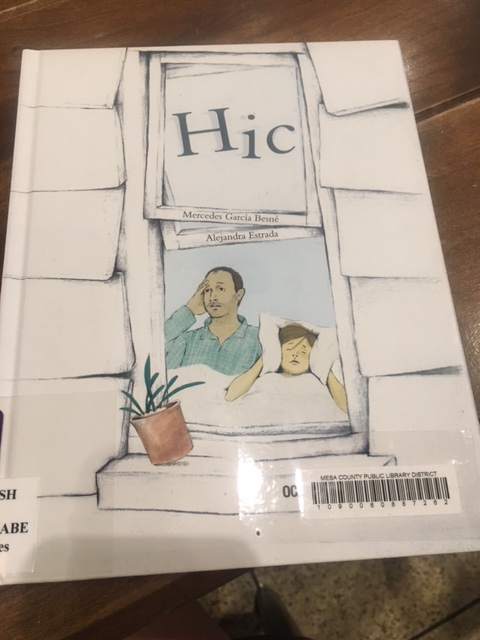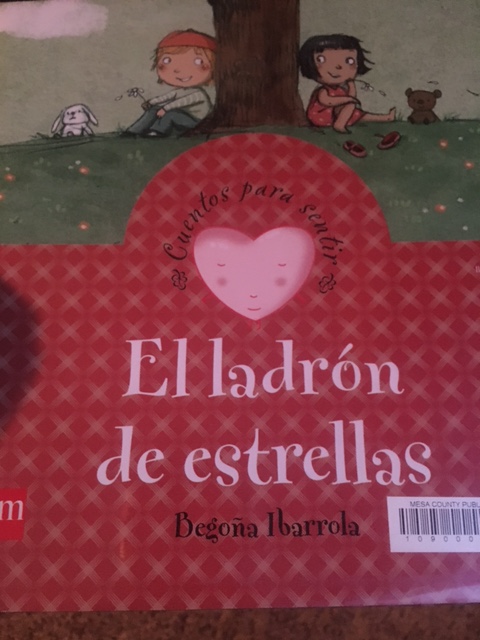El flamboyán amarillo
por: Georgina Lázaro y Lulu Delacre
edad: 9+
Este es un libro de un niño que aprende que las cosas no siempre terminan cómo pensamos ni queremos. Un día el niño va a una caminata con su mamá y encuentran un flamboyán amarillo. El niño lleva una semilla del árbol para sembrar en casa. Cuida su semilla mucho y cuando brota el árbol se da cuenta de que no es lo que pensó. En vez de estar frustrado, el niño aprende que la naturalez tiene sus secretos pero es bonita.
Al final del libro hay una nota de la autora y más de la historia de este árbol.
Preguntéle a su hijo/a:
¿Por qué el niño no se enojó cuando el árbol no era lo que pensó?
¿Cómo puedes aplicar esta lección en tu vida?
This is a story about a boy who learns that things do not always go as we planned. One day he goes on a walk with his mom and they find a yellow flamboyant tree. The boy takes a seed home so he can plant one a tree of his own at home. He takes really good care of his seed and when it finally blooms he is surprised to see that it is not exactly what he thought. Instead of getting frustrated, he learns that nature has secrets and it is beautiful.
At the end of the book there is the history of the flamboyant tree and why it bloomed red instead of yellow.
Ask your child:
Why wasn't the boy mad when his tree didn't bloom like he expected it to?
How can you apply this lesson in your own life?
















